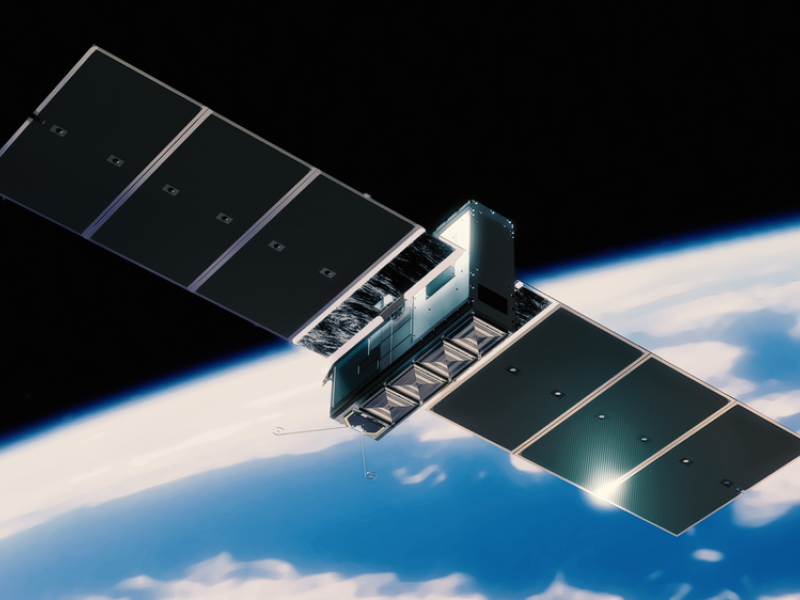Low Earth orbit satellite technology should be trialled as a connectivity solution to address the digital divide experienced by regional First Nations communities, according to a government working group.
The 2023 chair’s report for the Low Earth Orbit Satellite (LEOSat) Working Group, released on Wednesday, highlights six focus areas for telecommunications priorities and regulatory reform.
The report said LEOSats have “several key technical advantages” compared to other technologies, making them better placed to address the challenges of the Australian regional telecommunications market.
But access to LEOSats may remain unaffordable in the “short-to-medium term, and potentially the long term” to regional First Nations communities, which may warrant a government-led LEOSat trial.
Regarding government support for the internet of things industry where facilitated by LEOSats, the report recommends that “there is no clear need for government intervention at this stage”.

Given its closer proximity to the Earth’s surface, connections to LEOSats can be maintained using less powerful, but lightweight, ground equipment and have less signal delay than geostationary orbit and medium earth orbit satellites.
However, some regional markets may “continue to remain too thin for such deployments to be commercially viable”. In these cases, the report highlights the importance of government programs like the Regional Connectivity Program.
In the context of meeting the federal government’s Closing the Gap target to ensure Aboriginal and Torres Strait Islander people have equal levels of digital inclusion by 2026, the working group backed a proposal that “for a [two-year] trial of LEOSat services for regional First Nations communities”.
This was pitched by the First Nations Digital Inclusion Advisory Group, with industry responding supportively and expressing interest in participating. Although the working group report notes that close consultation with First Nations communities is required.
“Participants noted the process of scoping and determining how a community service trial will work may be complex and there may be many moving parts which will need to be considered,” the report reads.
“A participant noted there will be questions as to the service integrator, how to go to market and how to engage with the average customer.”
Membership of the working group, formed in October 2022, includes government, First Nations, and industry representatives.
Ms Rowland thanked the working group for “for the constructive manner in which they approached these important discussions – particularly in relation to closing the First Nations digital inclusion gap”.
“The Government will continue to work with industry and consumer groups to ensure the regulatory framework delivers the best outcomes for Australians, and I look forward to future meetings with the Working Group this year,” she said.
According to the 2023 edition of the Australian Digital Inclusion Index report, while the overall national digital inclusion index score improved from 71.1 in 2021 to 73.2, the score for First Nations Australians was 65.9.
Do you know more? Contact James Riley via Email.

